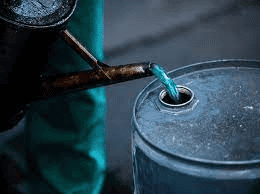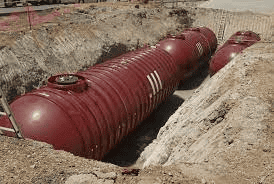Here are two common sources of contamination on brownfield sites:
Heating oil
In the UK, heating oil (usually gas oil or Kerosene), is stored in many residential and commercial buildings that are not connected to gas.

In the vast majority of cases, buildings heated this way don’t experience spills or leaks. This source of hydrocarbon contamination is costly to clean up, especially if the contamination migrates under the property, or into nearby streams, rivers or ponds. Most leaks occur from single-skin tanks that have aged and corroded.
Mitigation – Have your heating oil tanks checked by a OFTEC registered technician and find new oil storage areas in accordance to OFTEC and Building Control guidelines. Upgrade old single-skin tanks to more modern bunded ones. For Contaminated Land Remediation, visit soilfix.co.uk/
Fuel storage
Fuel is not only dispensed from underground tanks in modern petrol stations. Underground fuel tanks are often found in vehicle repair garages and MOT stations. Car showrooms may also have them. The problems that may be lurking below these closed or demolished facilities might not have been obvious.

Risks – Underground fuel tanks can become contaminated with petrol or diesel, especially if they are old and haven’t been decommissioned properly.
Mitigation: When a local authority is seeking a new application for a site that had previously been used as a fuel storage facility, they will likely request an investigation to determine the extent and nature of contamination. It is important to conduct detailed due diligence at the acquisition phase, as leaks from underground fuel storage are costly to remedy. Contact the contaminated land officer of the Local Authority, or the petroleum licensing officer of Trading Standards. They may know of past incidents that have occurred at the site.
